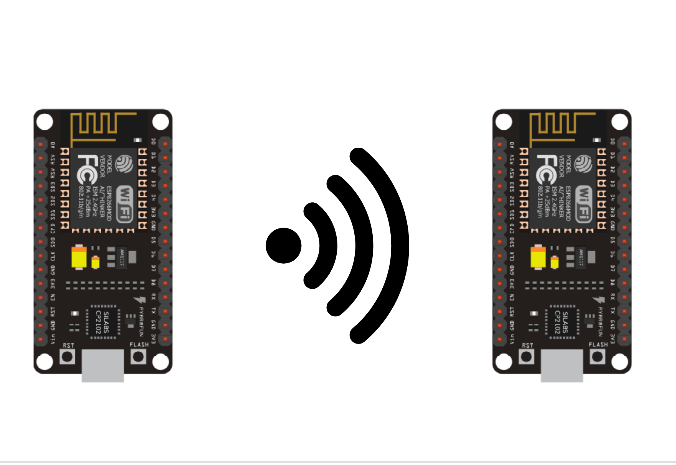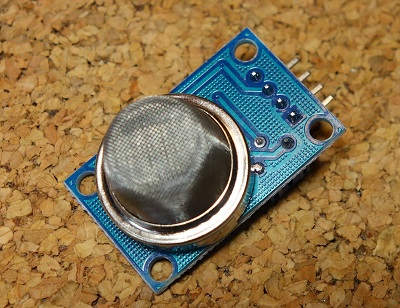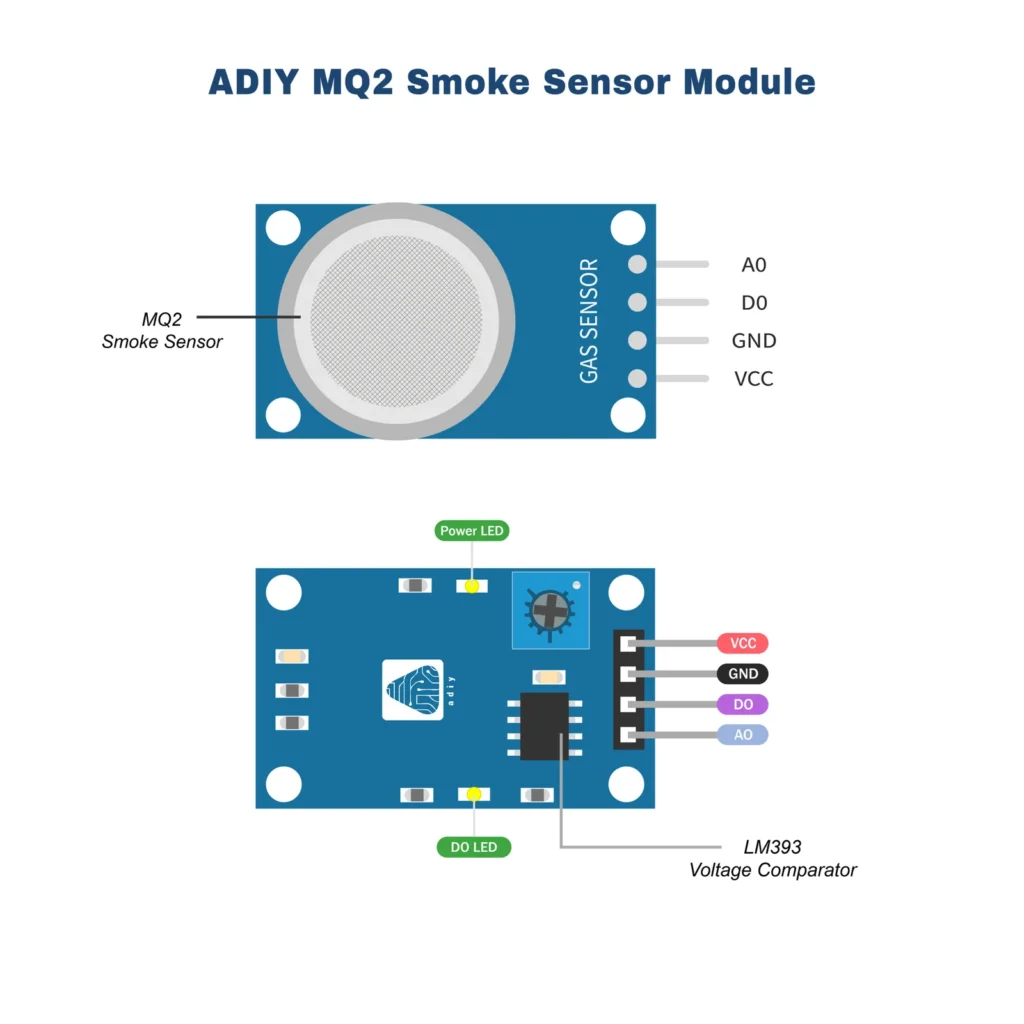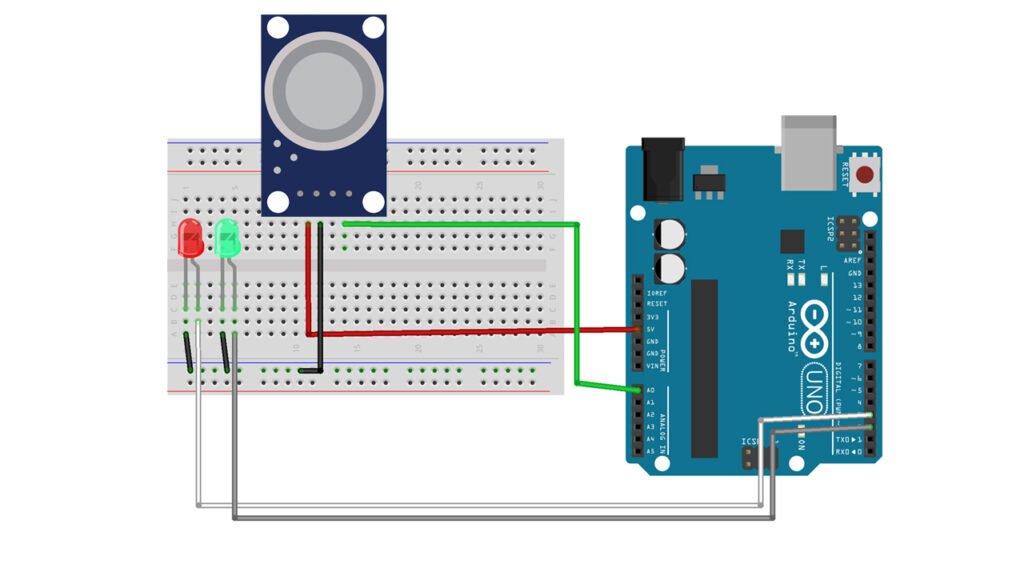Best coworking spaces in Chennai
Get first-class amenities and a setup that is conducive for you to brainstorm, produce prototypes and ultimately lead your product and services to the market. Imagine having a office in Chennai where we not only collaborate with peers but also students who respect and support each other every day? We are committed to the cause of helping entrepreneurs find the best coworking space in Chennai and keep it pocket-friendly. We understand that it is vital finding a suitable environment as a fresh business owner. That is why we are deeply dedicated to the method and its functionality in bettering business prospects.
All things considered, Makers Tribe acts as an incubator for startups, thereby giving suckling entrepreneurs the strength they need to build themselves up. This co-working site, first of all, is a magnetic point for innovative minds because we see it as such. The best part about this technology is that it can be used in both of the examples we have mentioned. Business owners and entrepreneurs might want to use it to store business plans and goals and train the tool with data and provide it with a headline from a recent feed where a user is looking for information about this and that.
Success Stories: How Startups Have Thrived Within the MakersTribe Ecosystem
All things considered, Makers Tribe acts as an incubator for startups, thereby giving suckling entrepreneurs the strength they need to build themselves up. This co-working space in OMR, first of all, is a magnetic point for innovative minds because we see it as such. The best part about this technology is that it can be used in both of the examples we have mentioned. Business owners and entrepreneurs might want to use it to store business plans and goals and train the tool with data and provide it with a headline from a recent feed where a user is looking for information about this and that.
At MakersTribe, daily inspirations are drawn from various aspects of entrepreneurship. Whether it’s through workshops led by industry experts or informal networking events, members have access to a wealth of knowledge and resources that can help them navigate the challenges of starting and growing a business. The emphasis on productivity is evident in the thoughtfully designed workspaces that cater to different working styles, ensuring that every entrepreneur can find their optimal environment.
Additionally, the benefits of coworking at Makers Tribe cannot be overstated. By surrounding themselves with like-minded individuals, startups gain not only motivation but also valuable connections that can lead to potential partnerships or collaborations. This synergy among members enhances the overall entrepreneurial experience, making Makers Tribe a pivotal player in the startup ecosystem.
Why Every Startup Should Consider Joining Makers Tribe to Unlock Their Full Potential
For less than 5000, members gain access to more than just an affordable workspace; they enter a vibrant atmosphere rich with networking opportunities and educational resources. Regular workshops, seminars, and meetups are organized to help members enhance their skills and expand their professional networks. This unique blend of support and opportunity sets Makers Tribe apart as the ideal choice for freelancers, startups, and established businesses alike.
Choosing Makers Tribe for coworking space in Chennai means investing in your future while contributing to a community that values growth, innovation, and connection. Join us today to experience the myriad advantages that await you!




